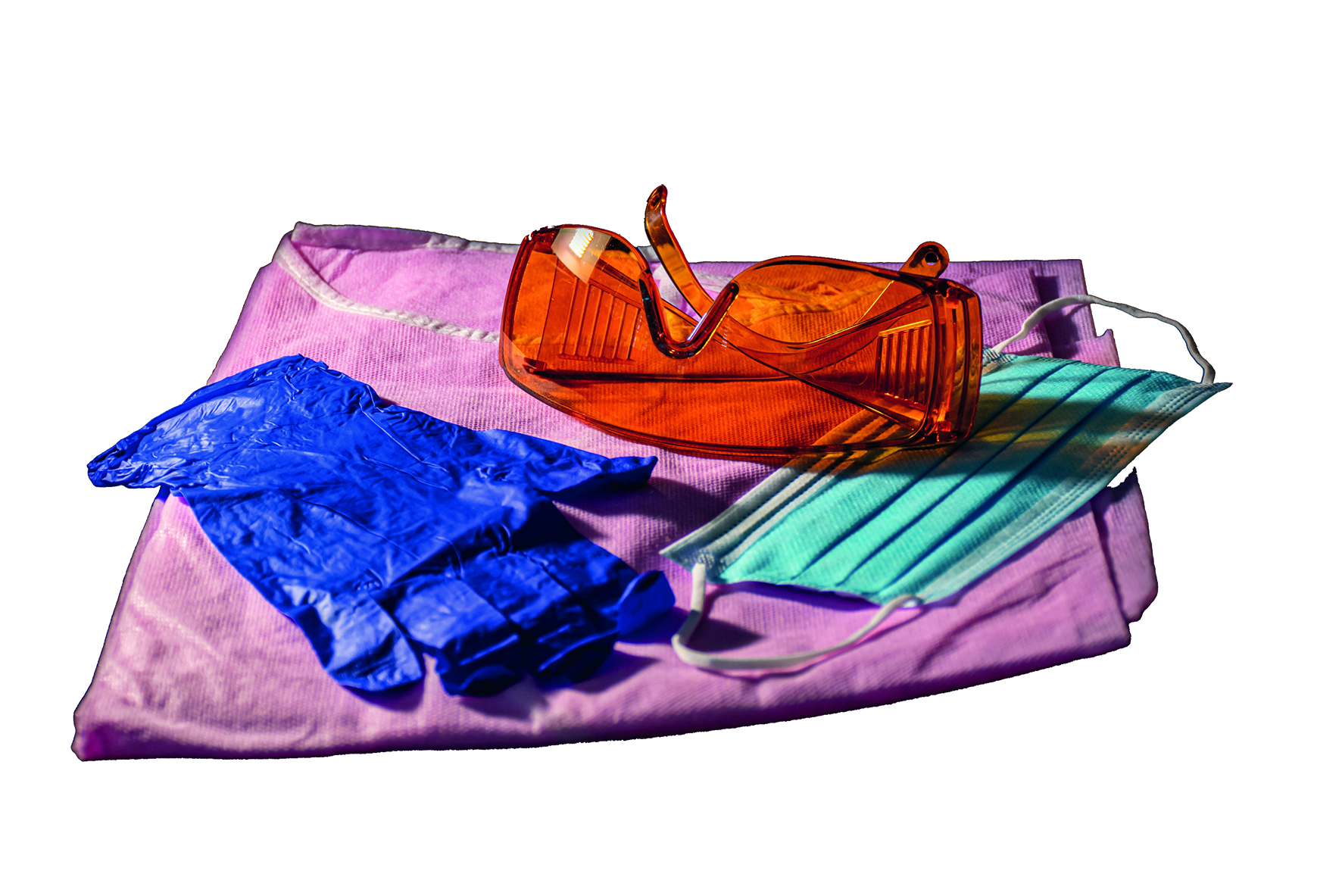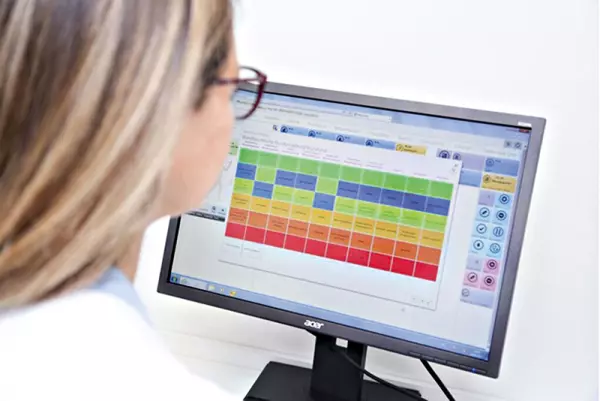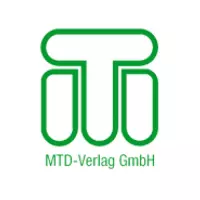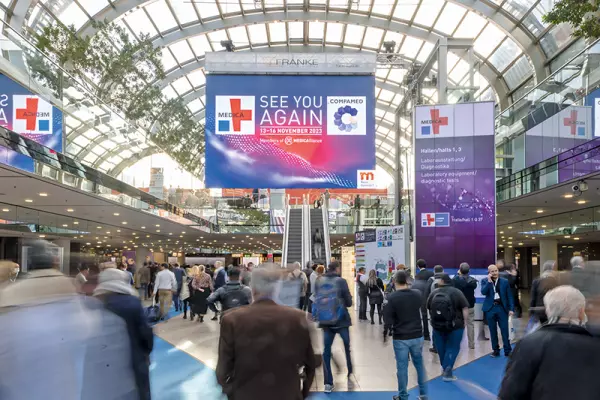
(08/2020) The German Hospital Institute (DKI) carried out a representative hospital survey for the German Hospital Society (DKG) at the beginning of June. This was intended to examine the situation with personal protective equipment (PPE), among other things.
724 clinics nationwide took part. “We need better stocks of protective material and protective equipment than at the beginning of the pandemic. In the event of a second wave of pandemics, the hospitals largely expect to be able to cover their PPE needs through the existing distribution channels. The federal states have also announced that they will set up or expand storage facilities for PPE. This has to be implemented now ”, demanded DKG managing director Georg Baum.
PPE in short supply
The DKI survey confirms procurement problems for PPE in many hospitals when the pandemic broke out in March. This was especially true for protective masks and protective gowns. In the wake of the pandemic, the hospitals also believe that product quality has deteriorated in some cases. This applies to a considerable extent to protective masks (surgical masks, FFP2 and FFP3 masks), for which around two thirds of all respondents sometimes or often cited such problems. The situation was also very tense with protective gowns. Almost half (45%) of the hospitals reported that they had often been affected by procurement problems since the outbreak of the pandemic, and a good quarter (27%) had sometimes been affected. The availability of protective goggles, face protection (visors) and disposable gloves was less of a problem in comparison. A good half of the clinics stated that they had rarely or never been confronted with a deficiency. Analyzes according to hospital size showed that medium-sized hospitals with 300 to 599 beds tended to struggle most frequently with relevant procurement problems for PPE.
Serenity before the 2nd wave
The majority of hospitals expect that in the event of a second wave of pandemics they will be able to organize personal protective equipment to a large extent through their own purchasing networks, even without a public procurement program. Around two thirds of all survey participants assume that their needs for mouth and nose protection (surgical mask), FFP2 masks, protective goggles, visors and disposable gloves largely (37–44%) or completely (21–27%) are directly covered to be able to cover. Almost a quarter of the houses stated that they would still be able to guarantee mediocre coverage in the event of a second wave of eruptions. A minority of 10 to 15 percent of the houses feel that they are little or not at all armed. The hospitals, on the other hand, assessed the situation with FFP3 masks and protective gowns more critically. Less than half of the participants replied that in the event of a second wave they could ensure full or extensive coverage through direct purchase. The confidence that in the event of a renewed increase in the number of Covid-19 infected people will be able to meet the need for PPE without government support increases with the size of the clinics.
Defects in product quality
Hospitals should indicate whether the product quality of the PPE used has deteriorated compared to before in the wake of the pandemic. With regard to mouth and nose protection (surgical masks) and FFP2 masks, more than two thirds of the participating hospitals reported having sometimes or often observed a deterioration in quality. Even with FFP3 masks and protective gowns, the product quality often did not correspond to the experience before the outbreak of the pandemic.
Exorbitant prices
The hospitals mainly criticize the massive cost development for personal protective equipment. One hospital reported that the costs for mouth and nose protection (DIN EN 14683: 2005 Type 4R) from 0.04 euros to over 0.50 euros (+1.150%), for protective gowns (EN 13485) from 0.58 euros to 7 euros (+1.100%) and for FFP2 / KN95 masks from 1.68 euros to 4.98 euros (+ 200%). Another hospital complained that the increased demand for personal protective equipment on the part of the federal and state governments had led to the availability falling and the price rising. However, other hospitals also reported that the market eased in the course of the pandemic and that the prices for PPE would fall. However, some of the hospitals in question are already so well equipped with PPE that they would currently have no need for the cheaper protective equipment.
Problems with delivery by federal and state governments
Furthermore, hospitals reported delivery problems with personal protective equipment by the federal and state governments. So be









